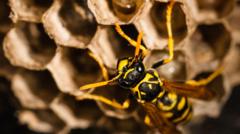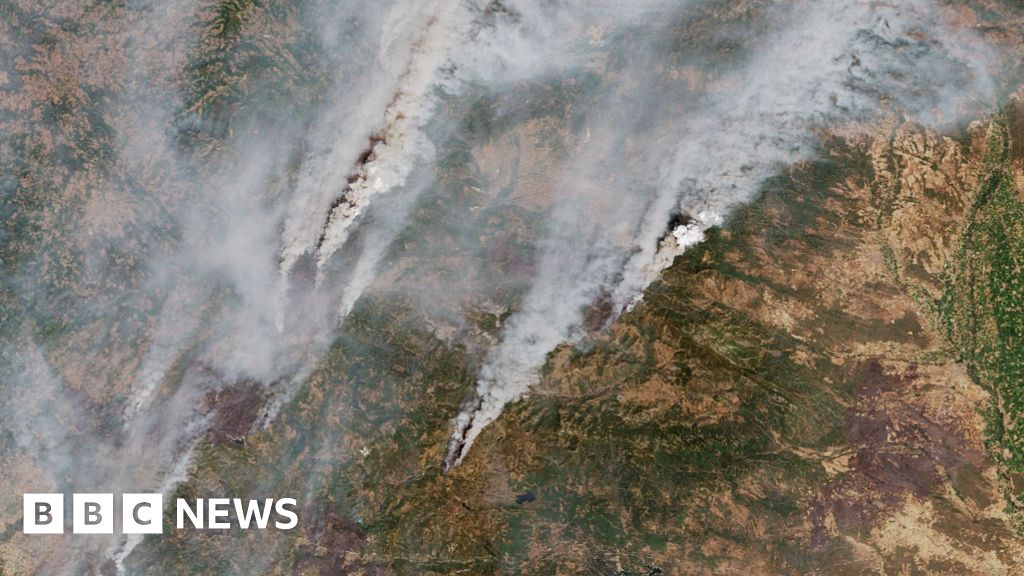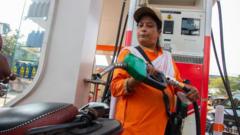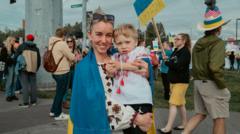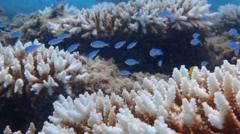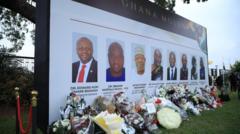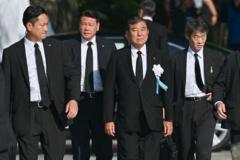The Savannah River Site (SRS) in South Carolina, once a hub for nuclear weapon parts production, has made headlines after the astonishing discovery of a radioactive wasp nest, which showed radiation levels ten times above what is allowed. This alarming finding, reported by the US Department of Energy, has raised concerns among environmental groups and local watchdogs alike.
According to the report, the nest was discovered on July 3rd during routine inspections and was promptly sprayed and removed as radiological waste. Investigators confirmed that the nest's contamination is not related to any leaks from the storage of millions of gallons of liquid nuclear waste, which has been a longstanding concern for the area. "No impact on the environment or public has occurred," the report reassured.
However, the origins of the radioactive materials remain shrouded in mystery. The contamination has been attributed to "onsite legacy radioactive contamination," a leftover from the Cold War era when the SRS actively produced components for nuclear weapons. Though the wasps themselves were likely living with much lower radiation levels, local monitoring organizations express frustration over the lack of clear explanations from authorities regarding the nest's radioactive source. Tom Clements, of Savannah River Site Watch, emphasized the need for more transparency in understanding potential risks surrounding the nuclear waste legacy.
Despite the clarification that the nest was found well within the bounds of the SRS's extensive 310-square-mile site, questions linger about how much contamination persists and whether adequate responses are in place to protect workers and the nearby communities. With many underground tanks used for waste storage still operational, the calls for thorough investigations and clear, timely communication from DOE grow louder. The situation serves as a stark reminder of the complexities in managing and monitoring the legacies left by the nuclear arms race.
According to the report, the nest was discovered on July 3rd during routine inspections and was promptly sprayed and removed as radiological waste. Investigators confirmed that the nest's contamination is not related to any leaks from the storage of millions of gallons of liquid nuclear waste, which has been a longstanding concern for the area. "No impact on the environment or public has occurred," the report reassured.
However, the origins of the radioactive materials remain shrouded in mystery. The contamination has been attributed to "onsite legacy radioactive contamination," a leftover from the Cold War era when the SRS actively produced components for nuclear weapons. Though the wasps themselves were likely living with much lower radiation levels, local monitoring organizations express frustration over the lack of clear explanations from authorities regarding the nest's radioactive source. Tom Clements, of Savannah River Site Watch, emphasized the need for more transparency in understanding potential risks surrounding the nuclear waste legacy.
Despite the clarification that the nest was found well within the bounds of the SRS's extensive 310-square-mile site, questions linger about how much contamination persists and whether adequate responses are in place to protect workers and the nearby communities. With many underground tanks used for waste storage still operational, the calls for thorough investigations and clear, timely communication from DOE grow louder. The situation serves as a stark reminder of the complexities in managing and monitoring the legacies left by the nuclear arms race.

